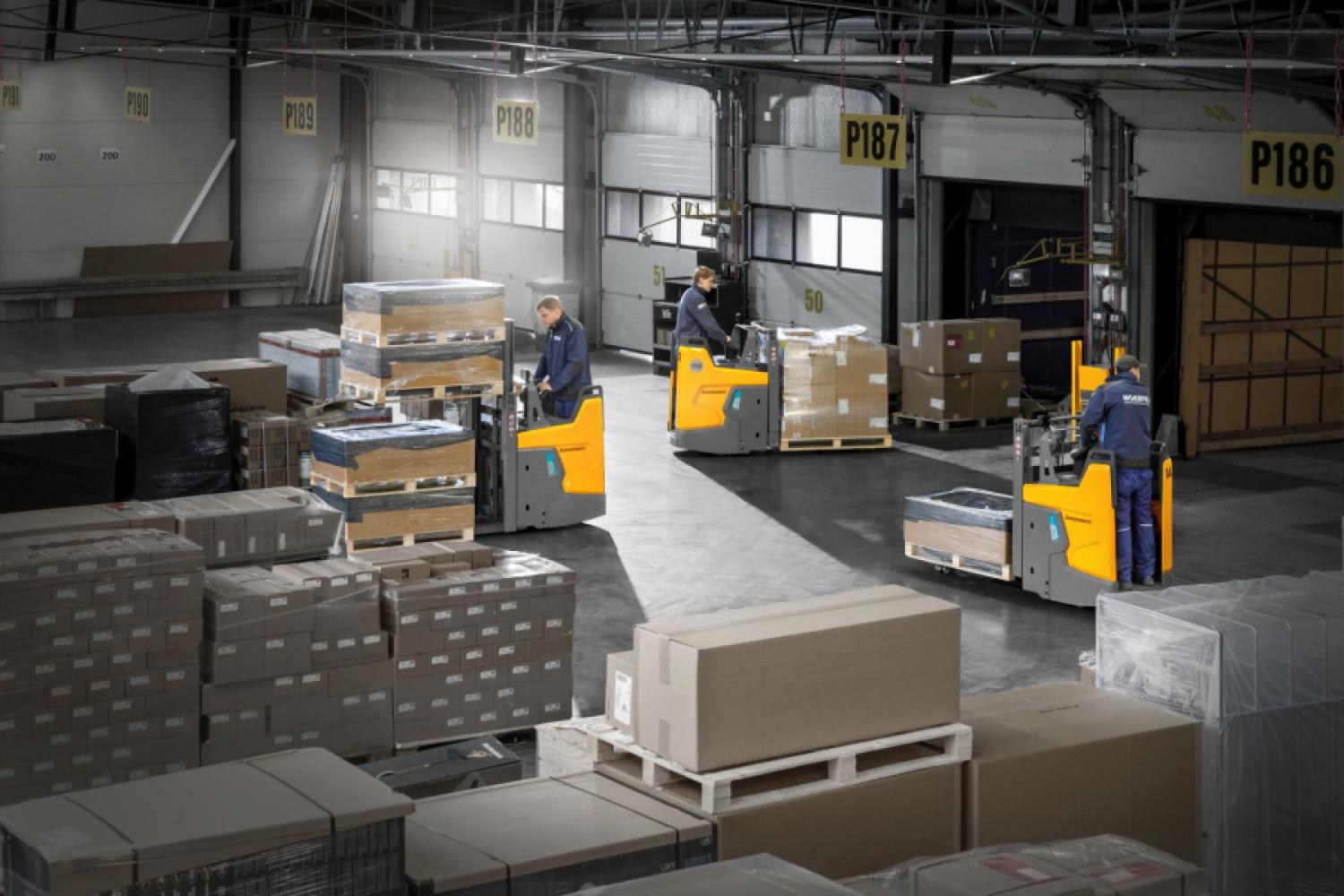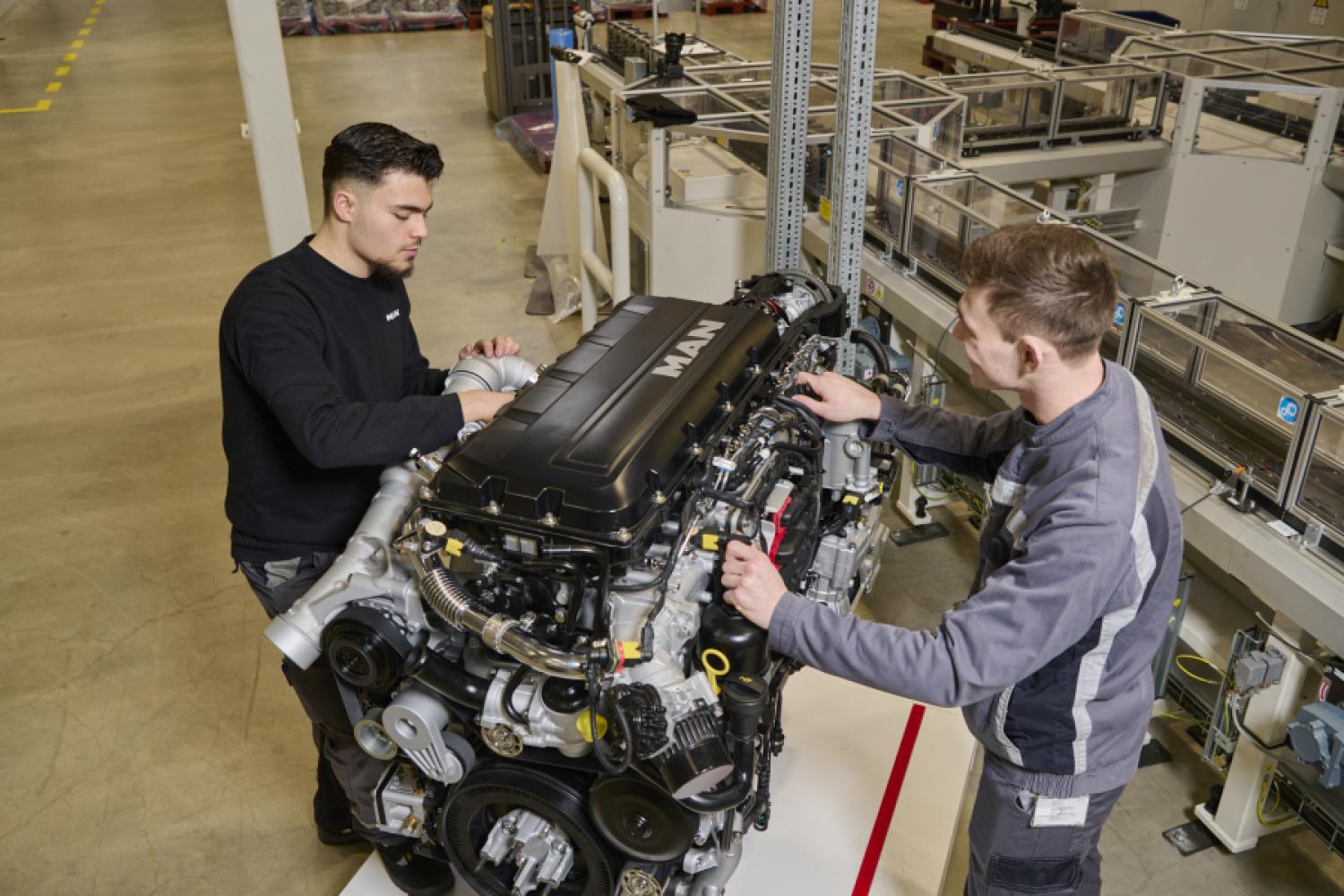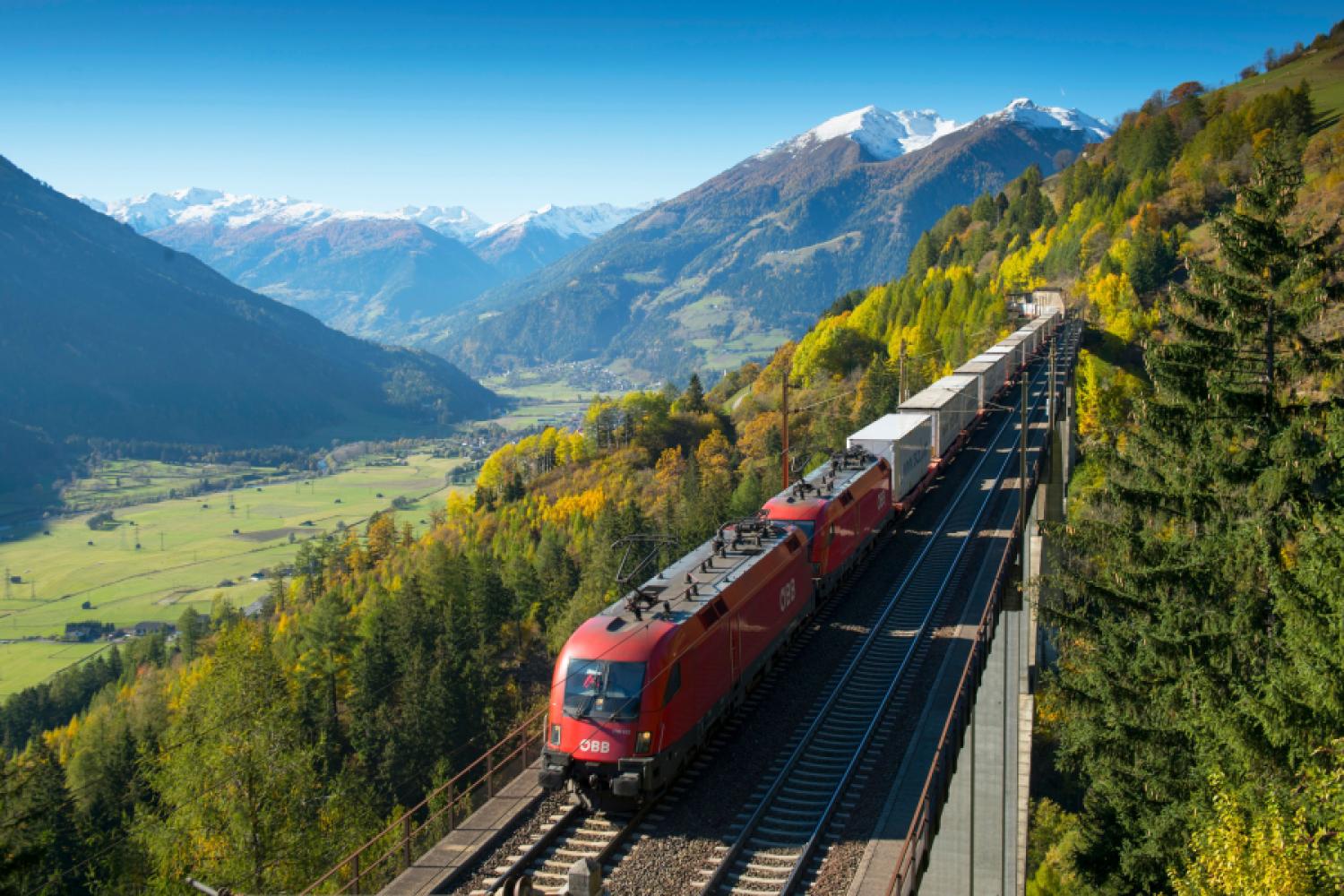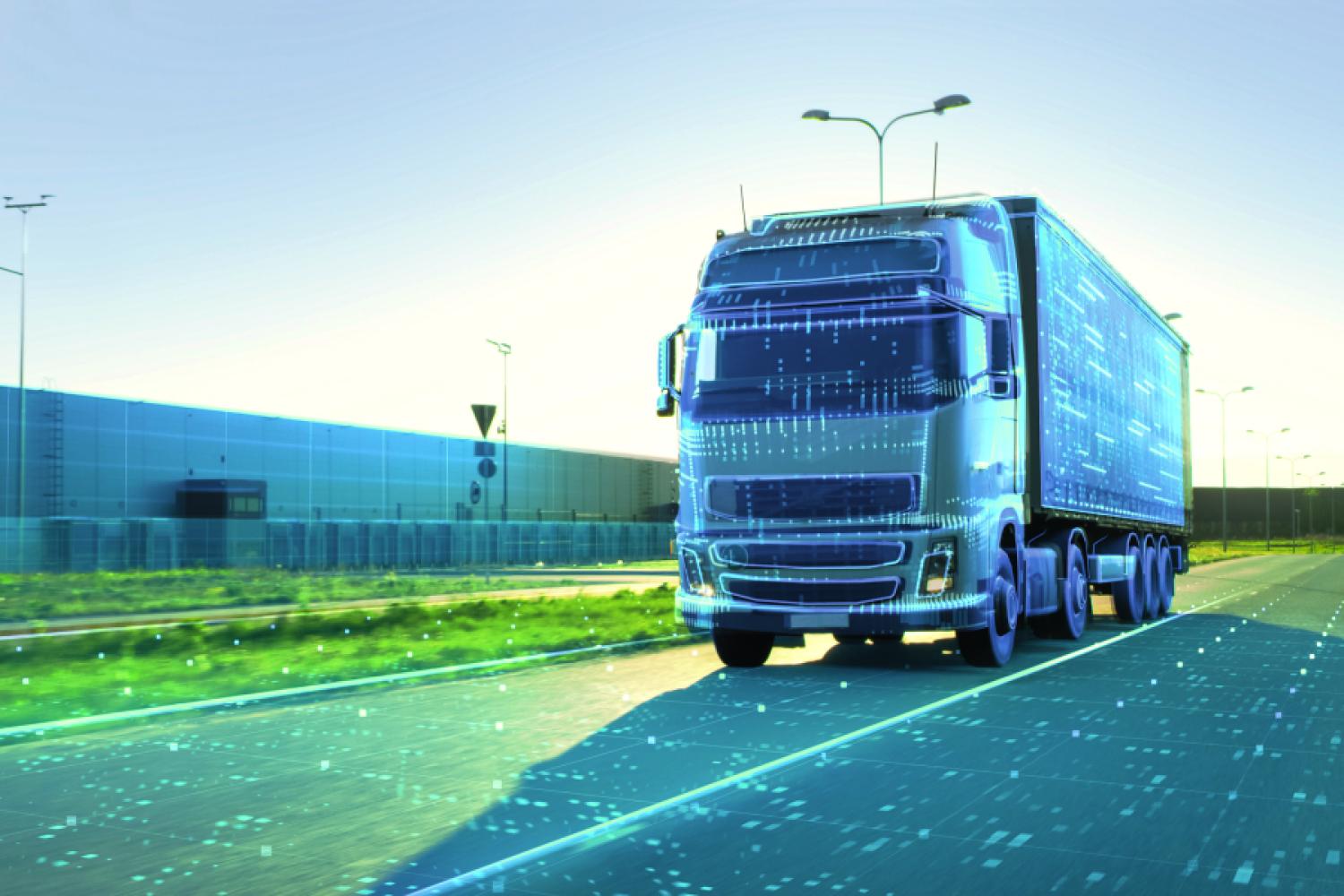The Transport Logistic was held again at the Munich exhibition grounds from June 2 to June 5. As part of a specialist forum, experts from the economy and railway industry discussed the lack of parking spaces on the rails for rail freight transport.
Prerequisites for Modal Shift
The Association of German Transport Companies (VDV) e.V., The Freight Railways (NEE e.V.), the Logistics Competence Center (LKZ) Prien, and the initiative "Every Meter Counts – Alliance Freight Track" agree: Germany needs a powerful, logistical rail infrastructure to shift more freight traffic from road to rail.
However, this is only possible with more sidings and shunting tracks, according to the experts' summary. In the last 25 years, numerous sidings and shunting tracks, train formation facilities, and workshops for rail freight transport have been drastically reduced and partially shut down.
Lack of parking and branch lines, however, creates bottlenecks in operations - on the one hand, this endangers delivery flexibility and punctuality, on the other, the modal shift from road to rail.
Necessary Investments
According to Georg Lennarz, Head of Market Affairs Freight Transport at the Association of German Transport Companies (VDV) e.V., more than 300 stations require
measures for rail infrastructure in Germany. He compared it to larger, modern airports - just one runway would be unthinkable there.
"We need not only tracks but also space for parking, i.e., sidings for freight trains," emphasized Lennarz.
According to him, the government must invest not only in routes but also in freight tracks in stations, so-called service facilities, and quickly ensure the financing for refurbishment and expansion.
Public Awareness
A subsequent discussion round with Yvonne Bounin (Head of Sales and Communications, DB InfraGO AG), Dr. Martin Neese (Chief Commercial Officer, VTG Group), Matthias Prochazka (Head of Rail Transport, ARS Altmann AG) and Peter Westenberger (Managing Director, The Freight Railways), moderated by Dr. Petra Seebauer (Managing Director, LKZ Prien GmbH), addressed the question of why rail freight transport urgently needs more infrastructural capacities and what solutions are necessary to alleviate the tense situation, especially in the area of sidings and shunting tracks, in the short term.
The modal shift towards more rail freight transport can only succeed with stronger public awareness, the experts agreed. Moreover, more traffic on the rails would also benefit climate protection.
"It's about waking up and making people aware. Of
an issue close to our corporate group's heart and reflected in the initiative 'Every Meter Counts – Alliance Freight Tracks': The investment needs in rail freight transport are enormous," said Matthias Prochazka. He added: "It is essential to involve all market participants and groups, of course, also DB InfraGo."
According to Prochazka, specific fields of action have already been considered in the working groups of the "Every Meter Counts" alliance; first on-site appointments have taken place, among others, at Munich-Nord and Berlin-Northeast marshalling yards.
The need is enormous - ranging from missing rail kilometers for freight transport, defective switches to urgent refurbishment work.
"Employees of DB InfraGo are working very well, the information is transparent and the discussions about improvements are goal-oriented. Individual proposals for implementing 'smaller measures' in stations have already been addressed here and are being implemented," Prochazka continued.
Key Lever Points
The "Every Meter Counts" alliance calls for a rethink in infrastructure policy. The participants of the discussion round appealed to the government to invest rapidly and massively in the "parking spaces on the rails" and to release the necessary funds.
Given the Infraplan, which is currently being prepared by the
Federal Ministry of Transport, it is important to place and prioritize these relatively small but important lever points.
The core messages of the "Every Meter Counts – Alliance Freight Tracks" initiative:
- A positive signal is needed from the BMV regarding the financing of service facilities.
- Everyone needs to pull together. A revival of the relevant working group of the Round Table Capacity, expanded to include industrial participants, is demanded.
- A federal immediate program is also required to relieve the outlined hotspot regions by resolving existing capacity bottlenecks.
- An honest, early communication from DB InfraGo to freight transport operators is desirable. As a shipping economy, support is offered in developing processes for corridor renovations, refurbishment projects, etc., to tackle the infrastructural challenges for a resilient, efficient economy.
"Only if we act together can we master the current challenges. It concerns nothing less than securing the competitiveness and innovative power of rail freight transport in Germany and thereby our supply," emphasized Dr. Petra Seebauer from the Logistics Competence Center Prien.
The foundation for this is a reliable network that brings people and goods safely and efficiently to their destination. The financing now must be assured as






